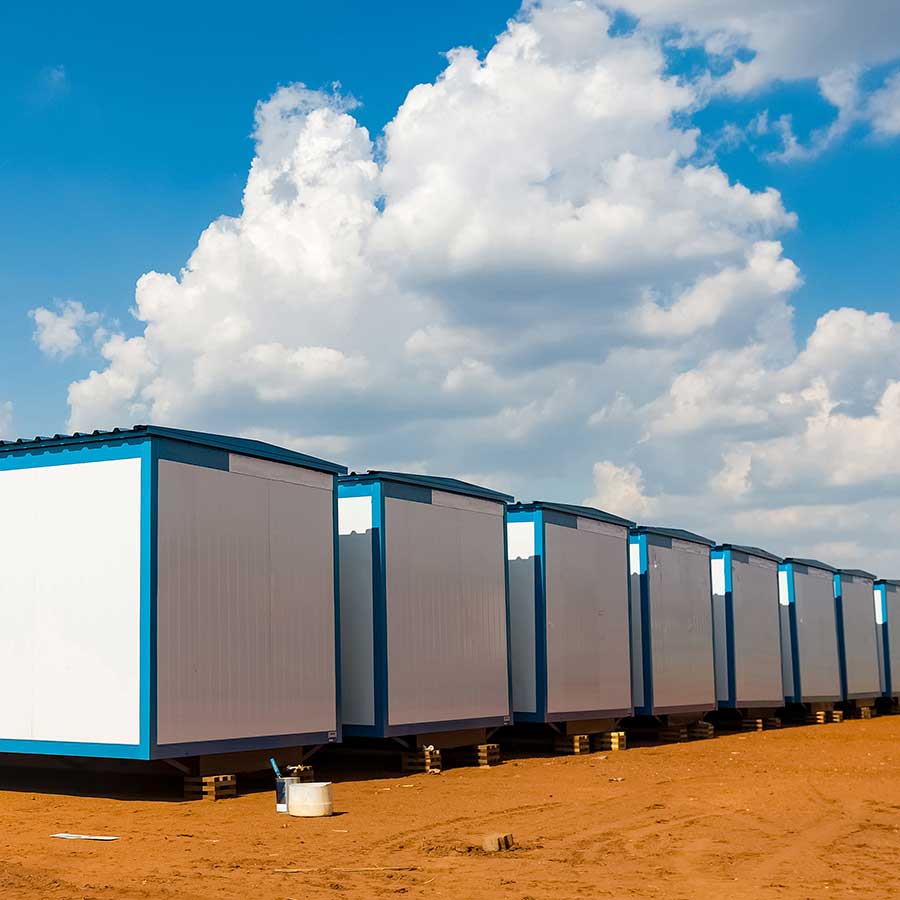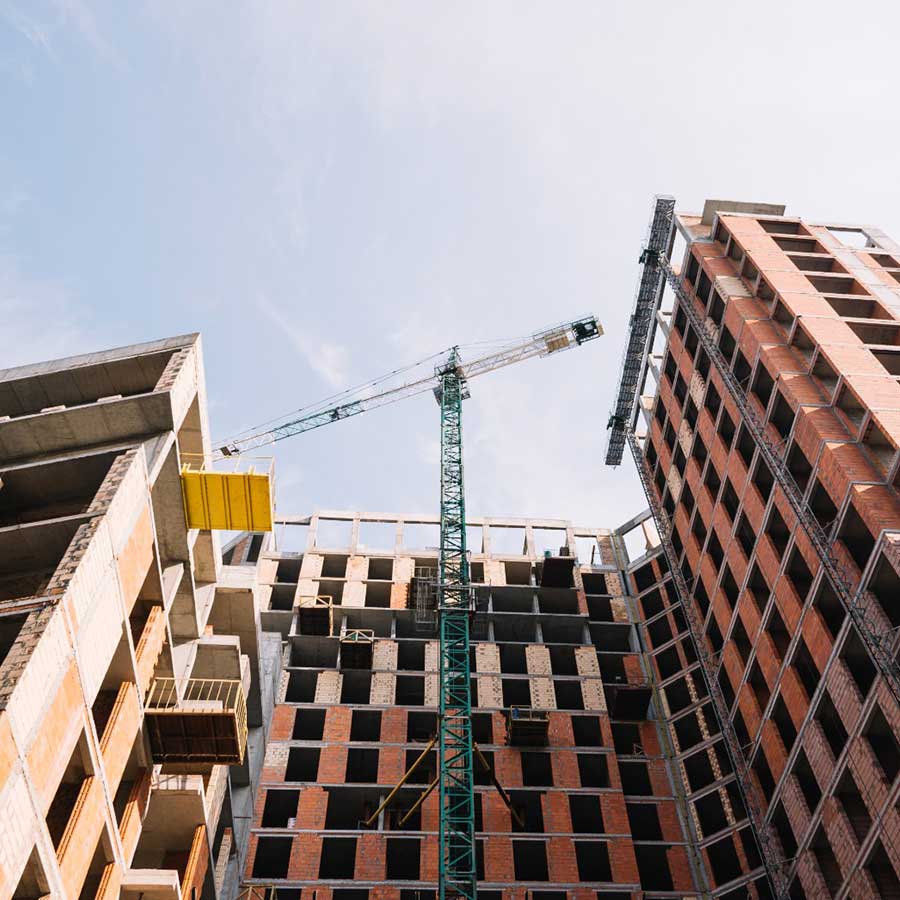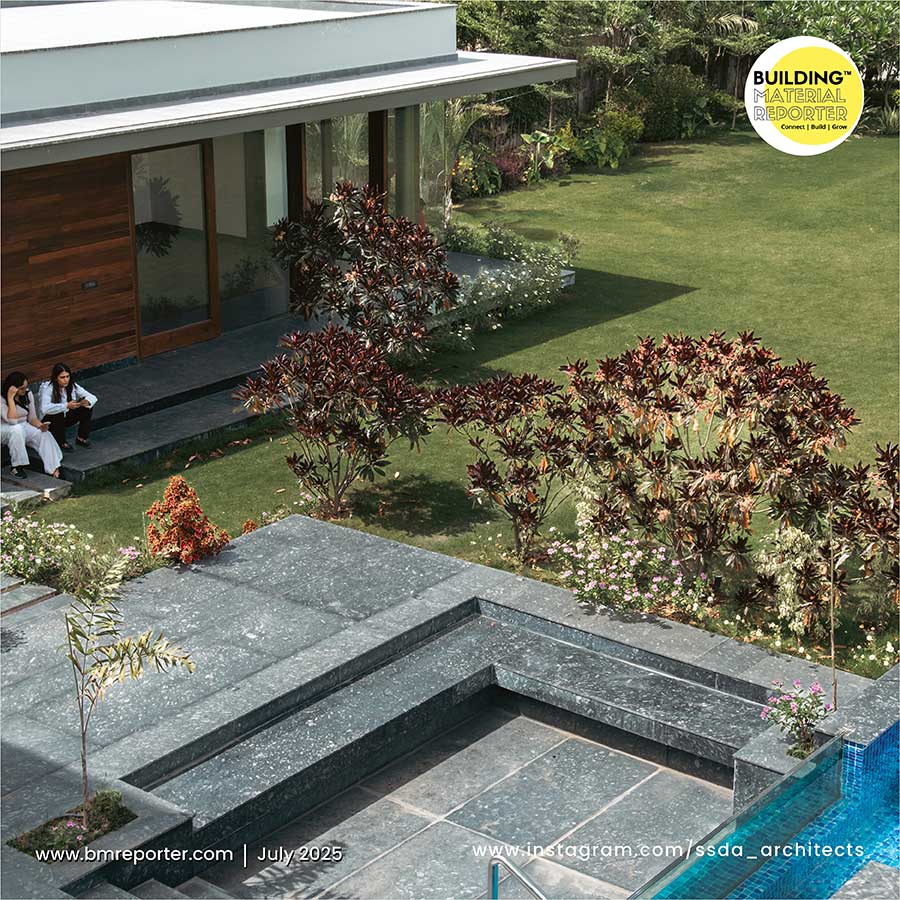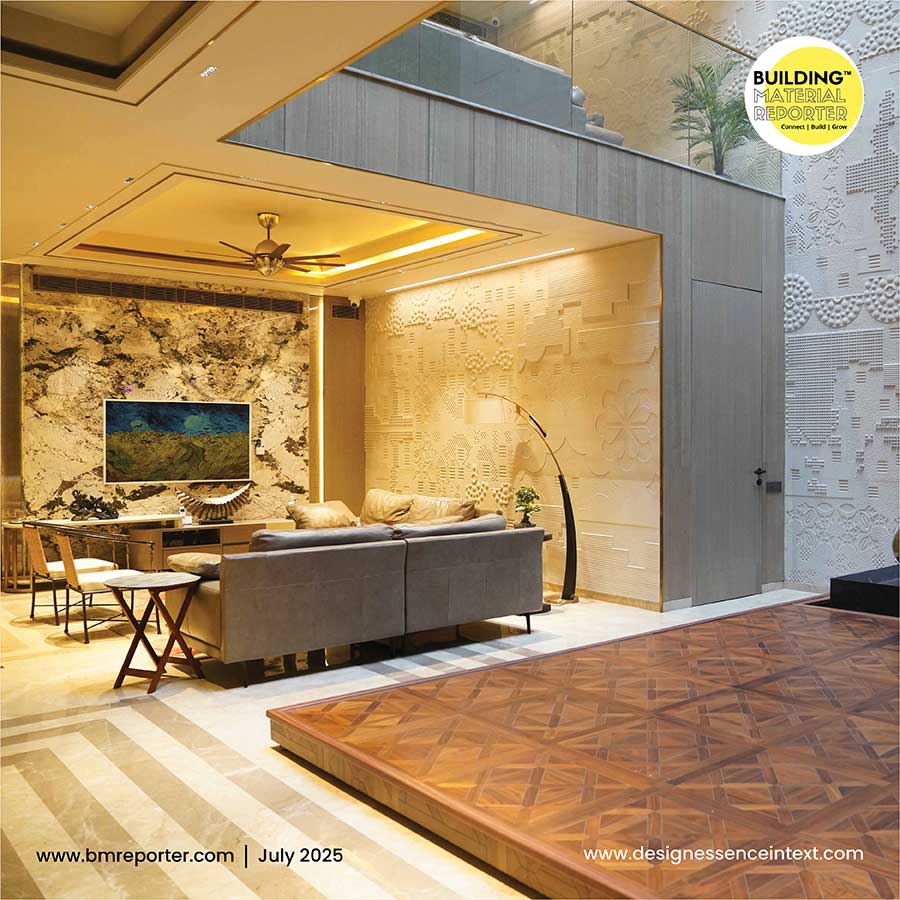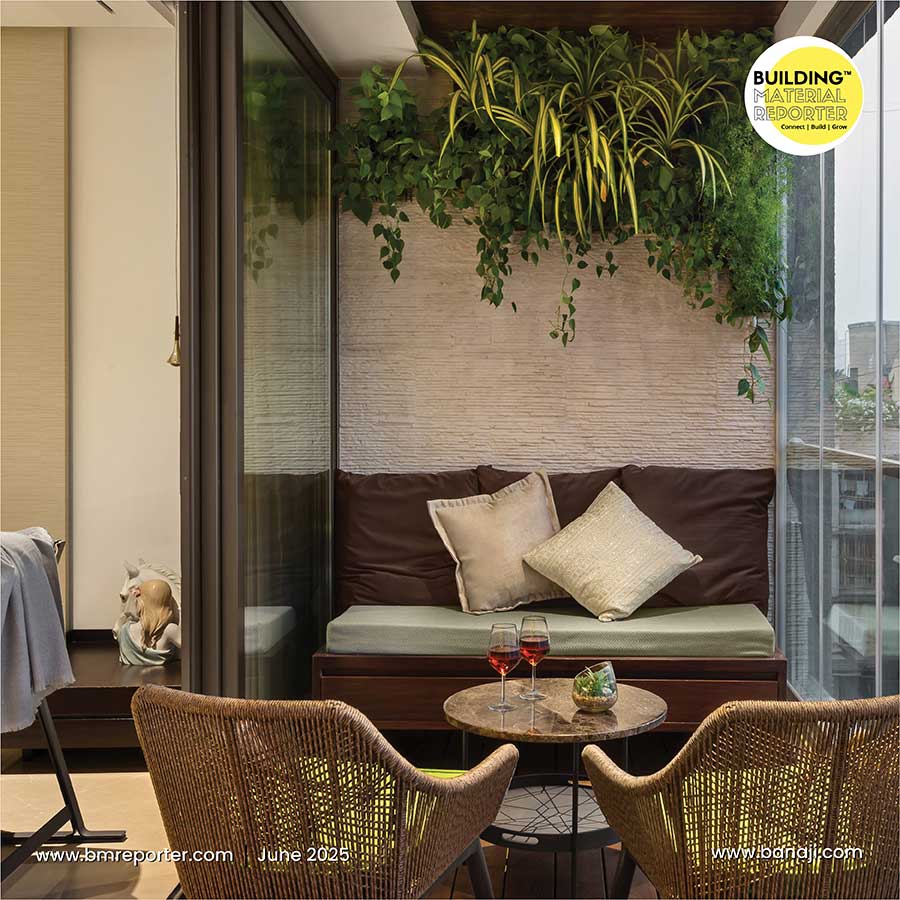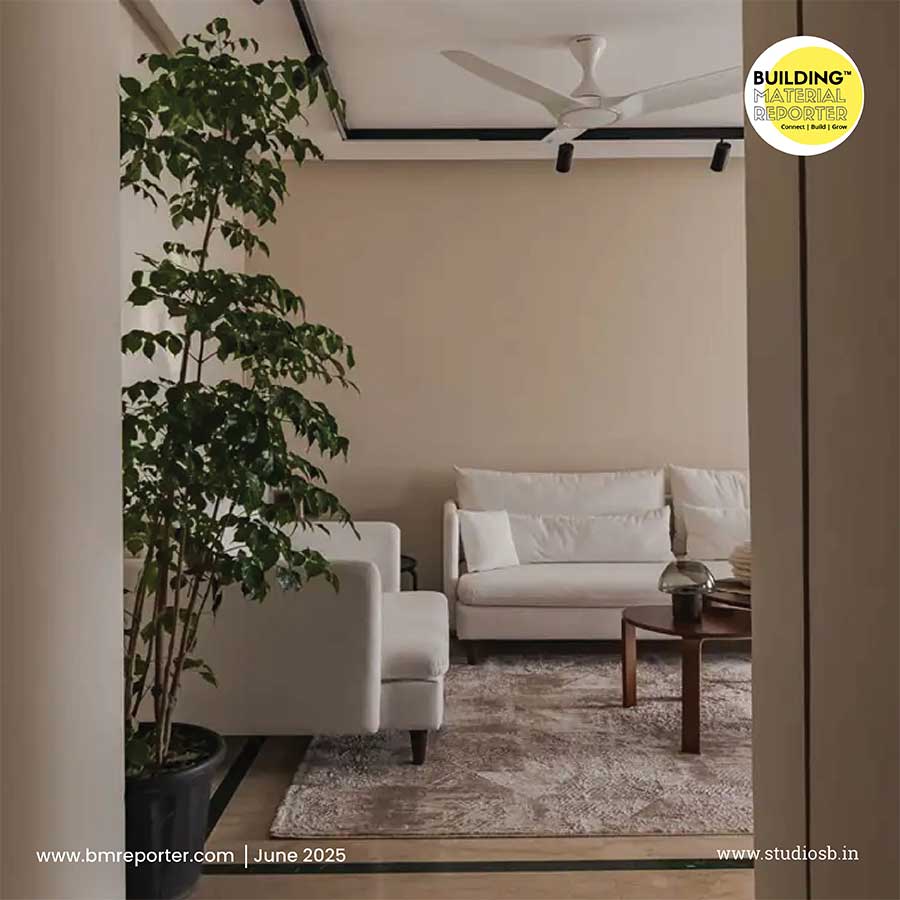Smart Home: A Combination of Technology and Architecture
- June 15, 2023
- By: Editorial Team
- INFLUENCERS
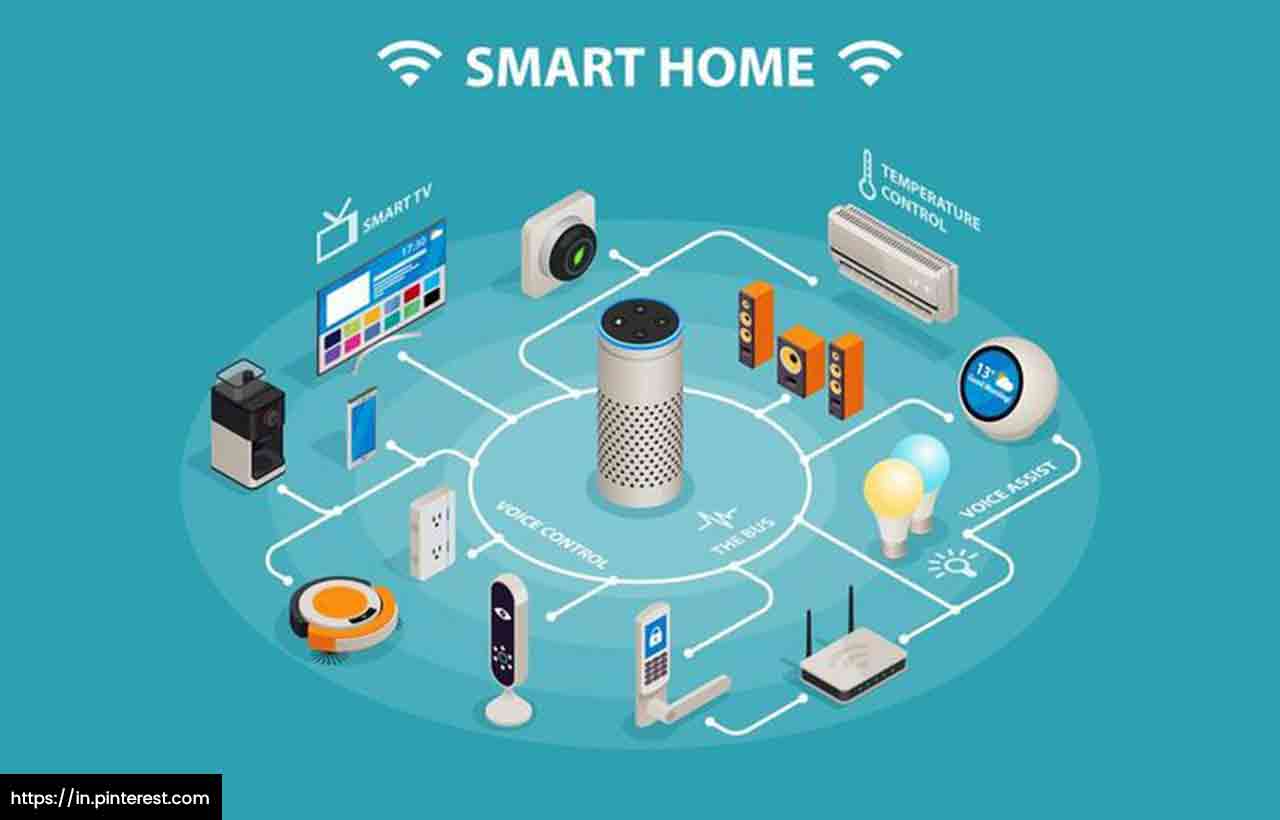 One of the driving factors behind the creation of smart houses in the twenty-first century is to provide a more crafted family living space suited for a working-class society with long workdays and to lessen the degree of burden on the elderly population. Home automation is the process of giving some electrical and electronic systems in a structure a degree of computerized or automatic control, such as lighting, climate control, surveillance systems, fire doors, etc. The numerous gadgets are tracked and controlled by a hardware device that has been installed. Depending on how they were configured, the system will indeed control the appliances. For instance, before going home, one can also turn on the air - conditioning system from the workplace. Most home automation systems enable individuals to manage home furnishings.
One of the driving factors behind the creation of smart houses in the twenty-first century is to provide a more crafted family living space suited for a working-class society with long workdays and to lessen the degree of burden on the elderly population. Home automation is the process of giving some electrical and electronic systems in a structure a degree of computerized or automatic control, such as lighting, climate control, surveillance systems, fire doors, etc. The numerous gadgets are tracked and controlled by a hardware device that has been installed. Depending on how they were configured, the system will indeed control the appliances. For instance, before going home, one can also turn on the air - conditioning system from the workplace. Most home automation systems enable individuals to manage home furnishings.
Incorporating features of a Smart Home into Architecture
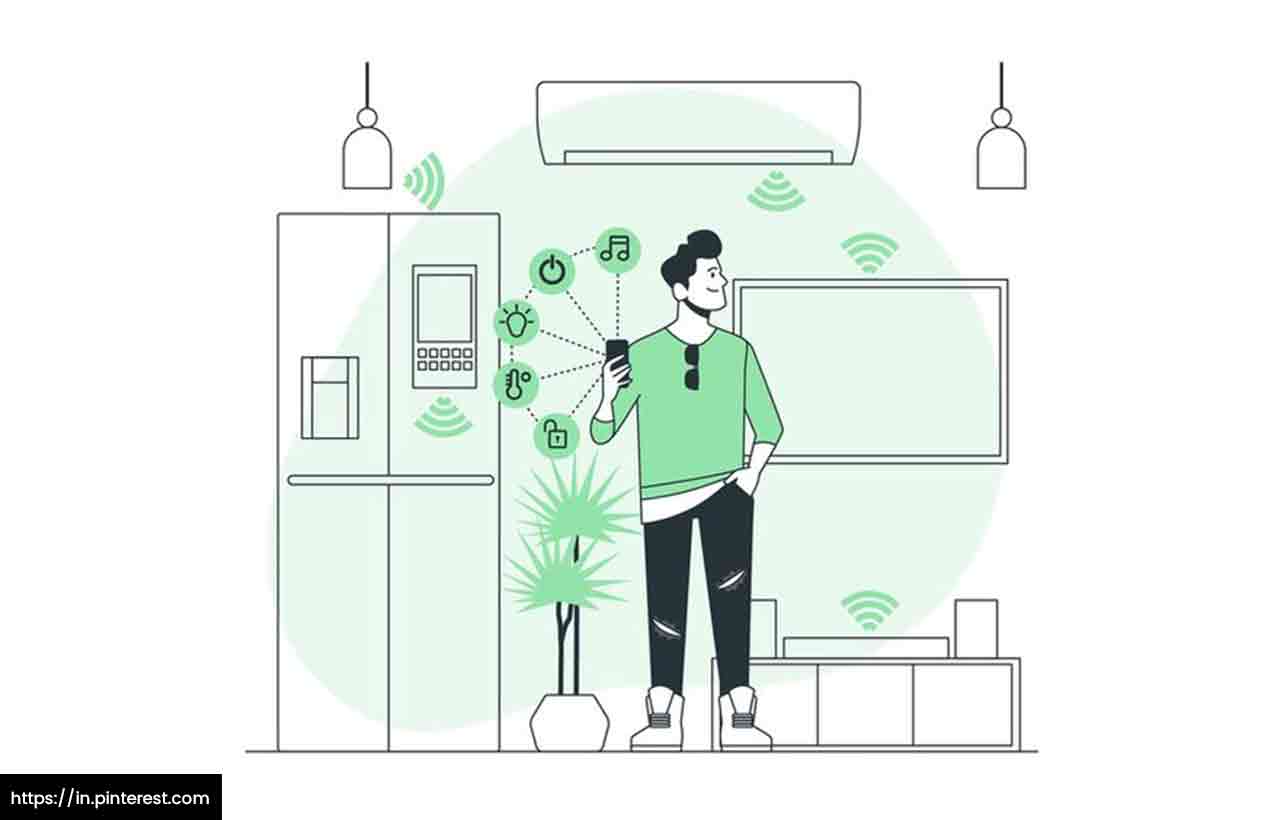 A significant component of smart energy consumption is the smart home application. It’s a real-time interactive response between the power grid and users, enhancing the power grid's ability to provide comprehensive services. The smart home is a residential-based framework that links different services through the system to meet the program's automation needs and offer more practical management and supervision. It does this by utilizing IoT, computer technology, control technology, image screen technology, and communications systems.
A significant component of smart energy consumption is the smart home application. It’s a real-time interactive response between the power grid and users, enhancing the power grid's ability to provide comprehensive services. The smart home is a residential-based framework that links different services through the system to meet the program's automation needs and offer more practical management and supervision. It does this by utilizing IoT, computer technology, control technology, image screen technology, and communications systems.
Using home automation to create effective services is more economical than doing so for a single function. Once the user's demands have been established, it’s recommended that you develop integrated solutions that enable environment design and management. For instance, the system will carry out the dimming and turning out of the lights, shutting off the drapes, and firing of the sensor in a single procedure when choosing a predefined setting for the night. This doesn’t preclude managing each choice separately, but it’s simpler and more efficient to approach them in their entirety from the commencement.
Home automation in hotels enables facilities and rooms to be entirely off while not in use, giving each visitor precise control over how they use each space. For instance, the heat transfer system will turn off to prevent energy loss if a guest opens a door when the heating is on in his room. The system may be set to gradually lower the temperature even at night while the visitor sleeps, so saving a considerable amount of electricity without the user even realizing it.
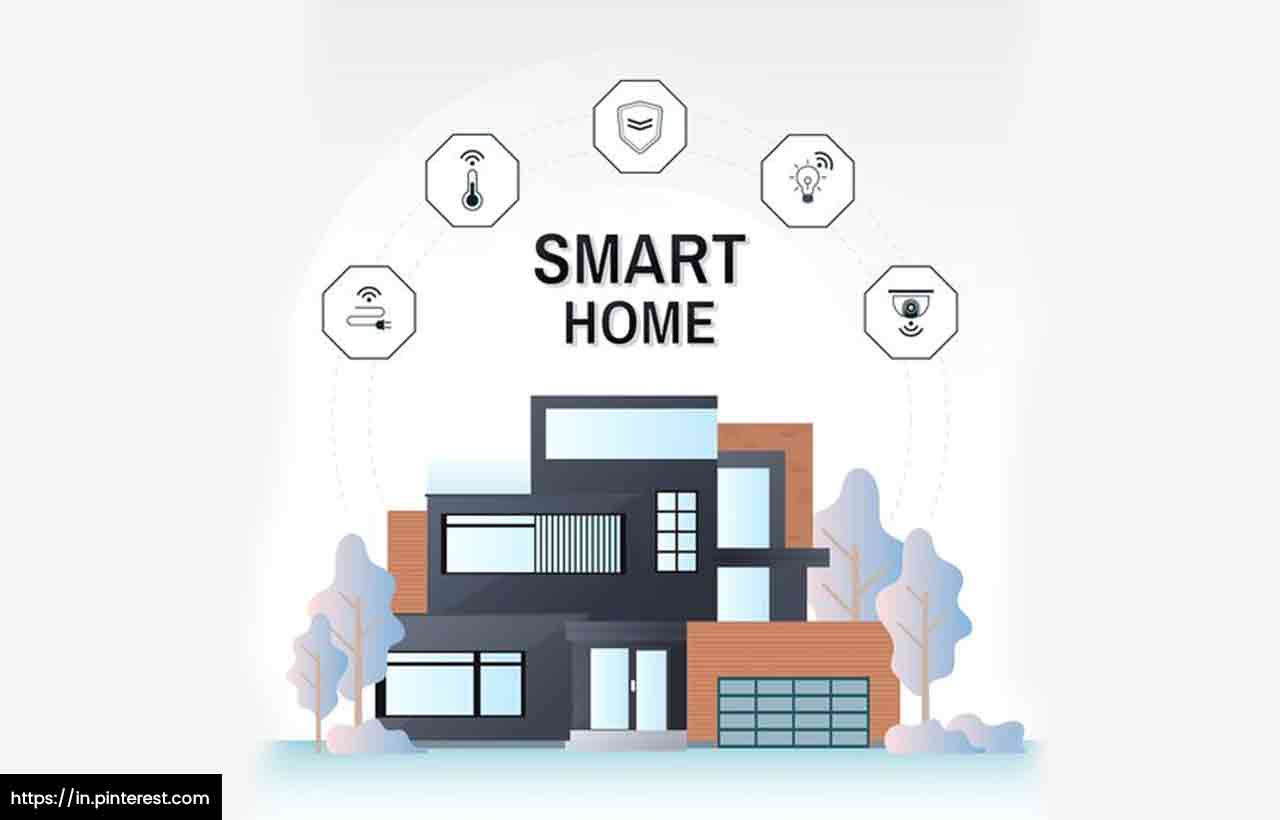 In Smart Homes, The following Entities are Typically Automated:
In Smart Homes, The following Entities are Typically Automated:
Access control:You can remotely access your own gadget thanks to digitally connected motion cameras and sensor devices.
Lights: You no longer need to pull a light switch because of the widespread use of lighting control systems and motion detectors. Also, you may program your lights to appear as though you are still around when you are on holiday.
Video and audio equipment: To improve leisure, smart homes integrate voice control gadgets, like Google Home or Amazon Alexa.
HVAC: With an automated house, you can maximize thermal efficiency and do things, like turn on your heating just before you get out of bed in the morning, or before you arrive home from work.
Air quality control and smoke detectors: The safety of your family is a key responsibility, and this advanced technology makes sure that such problems are discovered as soon as possible.
The cost is flexible and depends on the degree of automation you want as well as the calibre of the things you're willing to buy. The extent to which to take home automation is a conscious choice because a smart home is all about enhancing the ease and comfort of residents. While some people adore the thought of never having to use a light or fan, others would rather ignore tiny chores, like these.
Home automation helps significantly and facilitates how older folks or disabled people occupy their everyday spaces with centralized control displays and motion sensors. In addition, lights can be programmed to turn on and off instantly when someone enters a specific room, increase their intensity as the evening progresses, or switch on and off when a certain time is reached.


